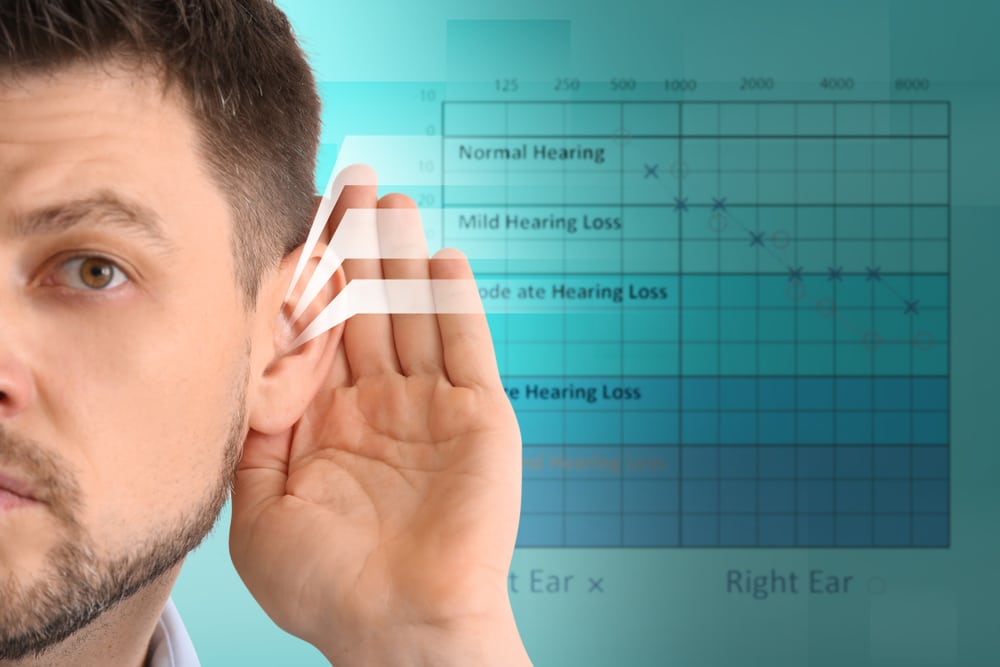Only a Doctor of Audiology can accurately measure your personal degree of hearing loss so you can receive the right treatment.
Hearing Loss Can Affect Everyone in Different Ways
Just as you can have different amounts of vision loss, you can have different degrees of hearing loss, ranging from mild to profound. In addition, your hearing is measured across a range of pitches from low to high. And your degree of hearing loss or hearing ability can vary across pitches. For example, you may have increased hearing loss in the high pitches with minimal loss, or normal hearing in the low pitches. In fact, this is the most common configuration of hearing loss and is why you often can hear but can’t always understand what people are saying, since you can’t hear high-pitched sounds.
Some people can hear up close but have a hard time when there is background noise. Some have mixed hearing loss.
The degree of hearing loss is based on the audiometric thresholds that are measured during a comprehensive hearing test. Hearing is tested for low, middle, and high pitches for both the right and left ears and is plotted on a graph called an audiogram. The degrees of hearing loss vary from mild hearing loss to moderate hearing loss to severe hearing loss and more profound hearing loss.
Your Doctor of Audiology will discuss the degrees of hearing loss across pitches in more depth with you following your hearing evaluation. Here is an example of an audiogram and degree of hearing loss that can be used:

To learn more about hearing aids, download our FREE Insider’s Guide on how to finally hear better.
Hearing loss can be due to any number of concerns, including loud sounds or even genetics. The right hearing aid for you will depend on your preferences (whether you want an inner ear, ear canal, or outer ear hearing aid) and what your Doctor of Audiology suggests.




